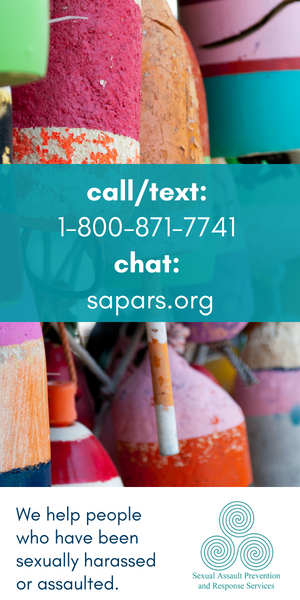Governor’s Address: Reinstating the Children’s Cabinet Recommits State Government to Making Children a Top Priority
In my Inaugural Address, I made a promise to the people of Maine.
I said: “There is no higher priority than our children. And with so many young people at Long Creek, with children waiting for critical mental health services, and some even losing their lives to violence in their own homes, it is high time we put children’s health and safety first. I am starting with one simple step – calling together the Children’s Cabinet, for the first time in years, to tackle these issues.”
This week I kept that promise. With our new cabinet members, I officially reconvened the Maine Children’s Cabinet for the first time in almost a decade.
Governor Angus King founded the Children’s Cabinet in 1996 as a forum for government agencies to collaborate on good policy for Maine children and youth. The Legislature enacted it into Maine law in 2001.
In keeping with its lofty mission, the Children’s Cabinet included the Commissioners of the Departments of Health and Human Services, Education, Labor, Public Safety, and Corrections, in addition to the Governor’s office and various staffs.
The Children’s Cabinet began its work with four measures of success in mind: that Maine children are succeeding in school; that our youth are prepared to enter the workforce; that families are living safe and healthy lives; and that Maine communities are keeping children and families at the heart of all their decisions.
The last time the Cabinet met in 2010, it submitted a report summarizing its work to the transition team of the then-incoming administration.
Since its inception, the Cabinet had achieved remarkable success towards its goals. But in its report, the Cabinet also outlined areas where it had fallen short and where it hoped the next Children’s Cabinet would succeed.
Toward its goal of ensuring that every Maine child succeeds in school, the Children’s Cabinet urged state government to focus on reducing youth drop out, recidivism, and incarceration rates.
The Cabinet also recommended that future members take the lead in expanding quality and accessible early child care and education. At the time, 46 percent of all Maine preschoolers were entering school not meeting school readiness standards.
That is not to mention the stark childhood poverty rates. Back in 2010, 37 of the top 50 towns with the highest poverty rates in New England were located in Maine.
So, while we made some progress, almost a decade since those challenges were issued by the former Children’s Cabinet has gone by with no focused, substantial state action to improve the life of children in Maine.
Today, one in six Maine children still lives in poverty, and the number of children suffering substantiated child abuse is up 25 percent just from 2017 to 2018.
And, while all of this is alarming to me, both as a mother and grandmother and as your governor, I am also deeply concerned about the 50 percent increase over the last five years in child and teen suicide in Maine. These are kids ages 10 to 19.
We’ve got to act. We are recommitting our state government to making our children a top priority, and we’ve set two key goals for the Children’s Cabinet to work on over the next few years.
First, we will create a comprehensive early child care and early education system in Maine that targets kids before they enter school.
This goal will employ a two-generational strategy by addressing the needs of children and their parents.
The Children’s Cabinet will consider how to expand quality home visiting; how to improve the quality of childcare and early childhood programs; and how to align systems, including workforce opportunities across state agencies, maximizing state and federal funds, and directing early funds toward children and families with the greatest need.
Second, we will improve access to community-based services and programming for vulnerable, at-risk older youth and their families, especially older youth at risk of being involved in the juvenile justice system, at risk of experiencing homelessness, or in the child welfare system.
I know that our state is up to these challenges. Our efforts to improve the lives of young children and youth who are struggling will pay enormous dividends for our state’s future and for these kids.
Thank you.
Janet Mills
Governor




